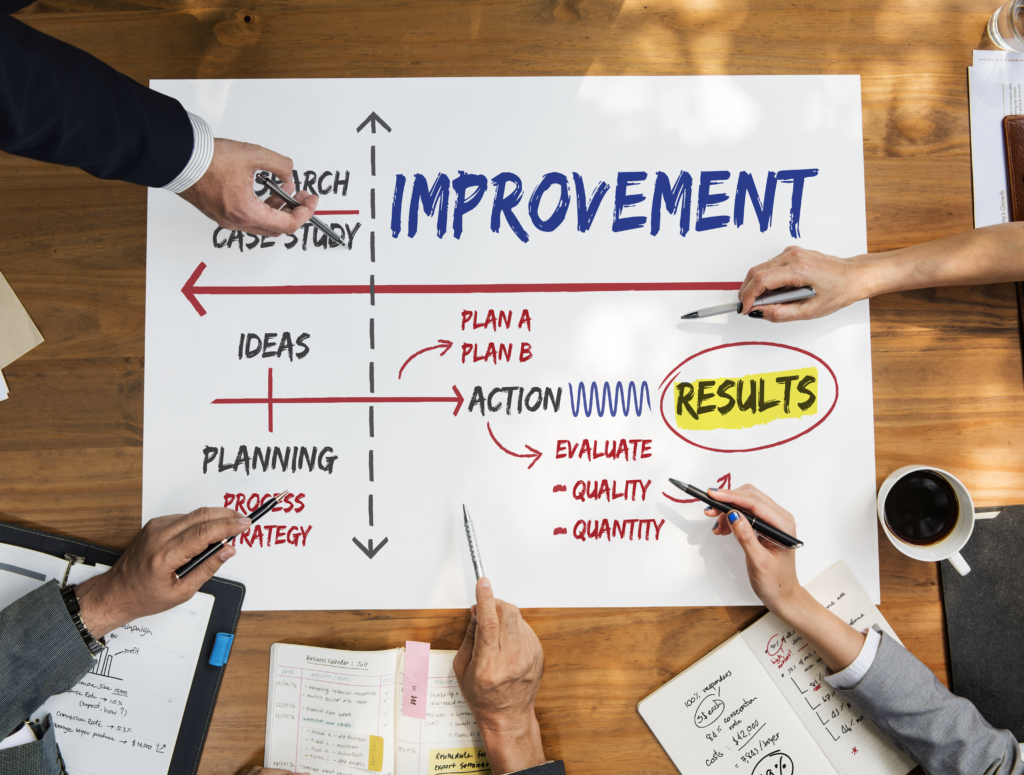
Disasters can strike at any time and from any place, be it in business or life, and similar to how it should be in life. There needs to be a disaster recovery plan and system in place for expected scenarios. You may not be able to predict when a cybercriminal will be able to hack through your defences, but you should always be prepared for such a cyberattack. The same goes for any other types of business disasters as well. On the off chance that you are a budding entrepreneur who doesn’t yet have a disaster plan in place. Here’s the guide you need to build that plan as soon as possible.
Asset Identification and Ranking the Importance of Each Asset
Assets of a business in a disastrous situation are those resources which a business needs to function at its most core level. While the term asset is applied to everything from structures to the employees themselves. The assets we are talking about here are the ones that are of absolute criticality when it comes to the business’s functions, abilities, reputation and any other relevant sector that is crucial. For example, a production unit needs certain machinery to function and produce. Therefore, they are the manufacturing business’s primary assets. Similarly, there should be several other assets, even secondary ones, and they all need to be identified and ranked according to their importance to the particular business.
Disaster Identification
After asset identification and ranking, comes the step of identifying and listing the possible disasters that are likely to endanger the functioning of the business. A lot depends on the geographical location and the kind of business the company is associated with. Still, in general, disasters include earthquakes, devastating storms, blackouts, military situations, political decisions, civil unrest and, of course, the most common one of them all these days; cyber threats.
Having that list will help you to figure out a disaster recovery plan for each type of danger, as applicable to the company and its assets.
Take the Help of DRaaS
Due to the prominence and frequency of dangers that can easily turn into ruinous disasters for SMEs, companies such as UKCloud have services like DRaaS (Disaster Recovery as a Service) to protect, recover and respond in time, whenever and wherever disaster strikes. Check it out here on to learn about the full scope of the features they offer and how your own business can benefit from those DRaaS features.
This makes data safety, remote security and 24/7 service possible and affordable for even smaller names in the business. To ensure the physical safety of the client data in case of natural disasters, both their data centres are more than 100km apart from each other.
We would call it a necessary step in developing a disaster management plan, given the fragile and sensitive nature of online business today. They can help you to formulate a better and more foolproof disaster recovery plan if you consult with them first.
Inform and Train Your Employees
Information and training are essential for every concerned employee to manage a disaster, if and when it strikes. The exact manner of the training may range from learning how to take your system offline immediately in case of a cyber breach, to knowing how to protect themselves and their assets during a natural disaster. The list is dynamic and will have to change, depending on the specific scenario.
Once you have the plan in place, and the DRaaS ready to help whenever required, put it into action for a trial run. That’s the only way to know if there are gaps in the plan that you are missing out on.
